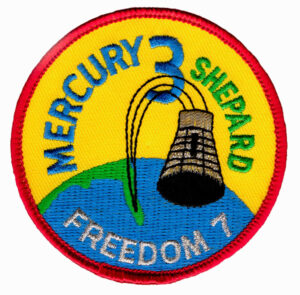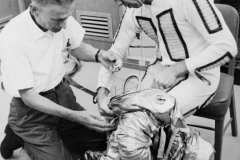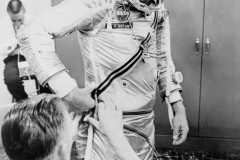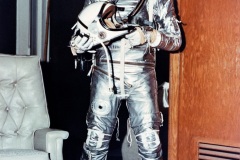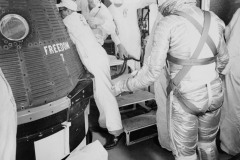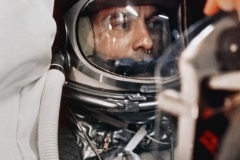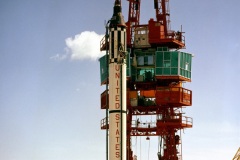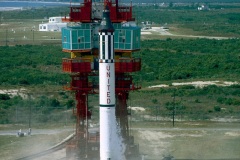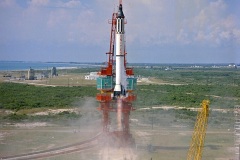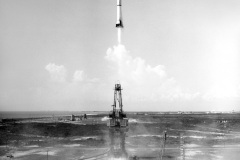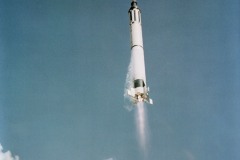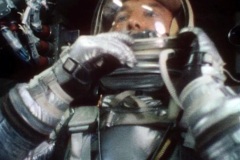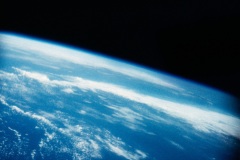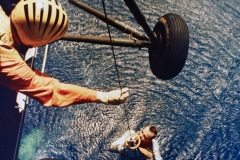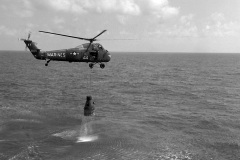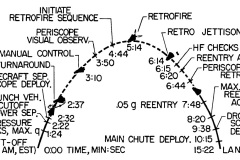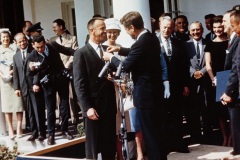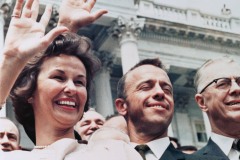The countdown was interrupted 15 minutes before the scheduled start time. There were many clouds in the sky over Cape Canaveral, meaning that photographic monitoring of the flight was no longer possible. After 52 minutes the sky cleared and the countdown could continue.
After takeoff, according to Alan Shepard, the flight was very quiet. After 45 seconds, vibrations started, which were caused by reaching the speed of sound (Mach 1) and the associated breaking of the sound barrier. The flight stabilized again after 88 seconds. The Redstone rocket was separated from the spaceship after less than two and a half minutes.
After a total flight time of 15 minutes and 28 seconds, Freedom 7 splashed down in the Atlantic. Helicopters picked up Alan B. Shepard and the Freedom 7 aboard the aircraft carrier USS Lake Champlain after 11 minutes. There he was immediately medically examined. Shepard was in excellent condition and found the flight to be physically easy.
Mission data |
|
|---|---|
Mission |
Mercury-Redstone 3 (MR-3) |
Rocket |
Redstone MRLV, MR-7 |
Spacecraft |
Mercury capsule #7 “Freedom 7” |
Crew |
Alan B. Shepard |
Launch date |
May 5, 1961 |
Launch site |
Launch Complex 5 (LC-5), Cape Canaveral, Florida |
Mission duration |
15 min 28 sec |
Orbits |
suborbital flight |
Recovered by |
USS Lake Champlain |
Altitude |
187.5 km |
Distance |
487.6 km |
Velocity |
8,262 km/h |
Max G |
11 g |

